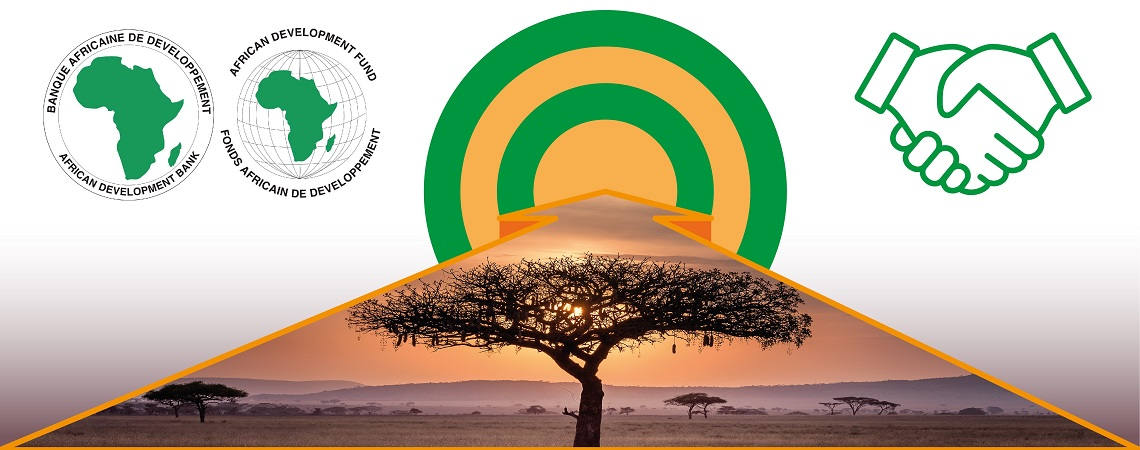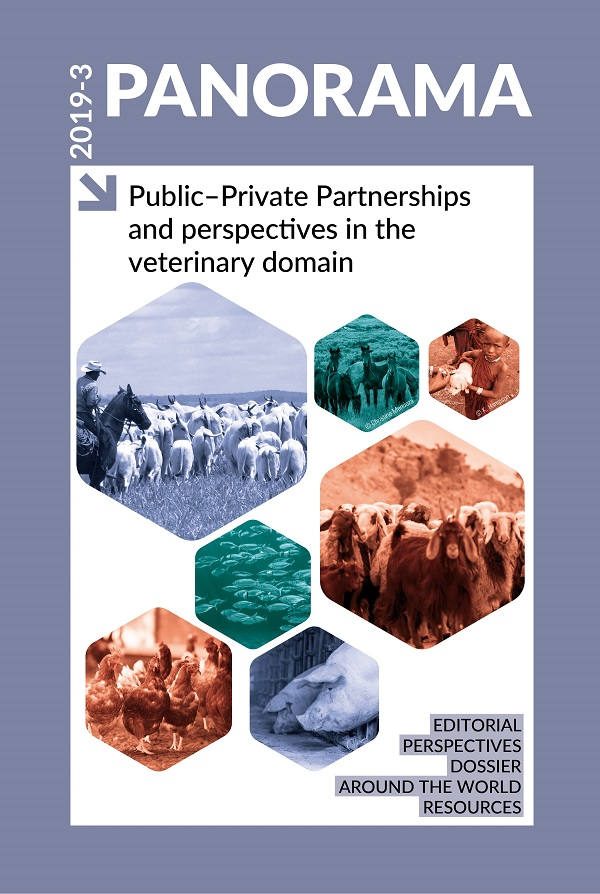Around the world Posted on 2020-01-14 16:07:16
Network initiatives
Achieving the Sustainable Development Goals
Effectiveness of the African Development Bank’s public–private partnership interventions
Keywords
Authors
Youssouf Kabore(1)* & Christopher Ndi(1)
(1) Department of Agriculture and Agro-Industry (AHAI), African Development Bank, Abidjan, Côte d’Ivoire.
* Corresponding author: y.kabore@afdb.org
The designations and denominations employed and the presentation of the material in this article do not imply the expression of any opinion whatsoever on the part of the OIE concerning the legal status of any country, territory, city or area or of its authorities, or concerning the delimitation of its frontiers and boundaries.
The views expressed in this article are solely the responsibility of the author(s). The mention of specific companies or products of manufacturers, whether or not these have been patented, does not imply that these have been endorsed or recommended by the OIE in preference to others of a similar nature that are not mentioned.
The Bank’s Private Sector Development Strategy and its subsequent updates introduced PPPs as intervention tools for the bank’s operations.
In 2005, the African Development Bank’s New Partnership for Africa’s Development (NEPAD) established a special fund, in collaboration with international donors, to assist African countries. This fund, known as the Infrastructure Project Preparation Facility, offered another stimulus for PPPs in Africa.
The bank’s governance strategy and action plan have always stressed the importance of strengthening PPP policy, legislation and regulatory frameworks to aid in developing livestock infrastructure in Africa (e.g. dip tanks, crush pens, vaccination crushes, feeding and drinking troughs, veterinary laboratories, etc.).

References
- United Nations (2015). – Sustainable Development Goals (SDGs).
- African Development Bank – Group Independent Development Evaluation (IDEV) (2019). – Evaluation of the bank’s utilization of the public–private partnership mechanism, 2006–2017.
- World Bank Institute (WBI) & Public–Private Infrastructure Advisory Facility (PPIAF) (2012). – PPP Basics and Principles of a PPP Framework.
- The Economist Intelligence Unit (EIU) (2015). – The 2015 Infrascope: evaluating the environment for public–private partnerships in Africa.
- African Development Bank Group – Governance, Economic and Financial Management Deparment (OSGE) (2017). – Governance Strategic Framework and Action Plan – GAP II. Promoting good governance and accountability for Africa’s transformation (2014–2018).
- Johm K.B. (2016). – Feed Africa: Strategy for Agricultural Transformation in Africa 2016-2025. African Development Bank Group.












